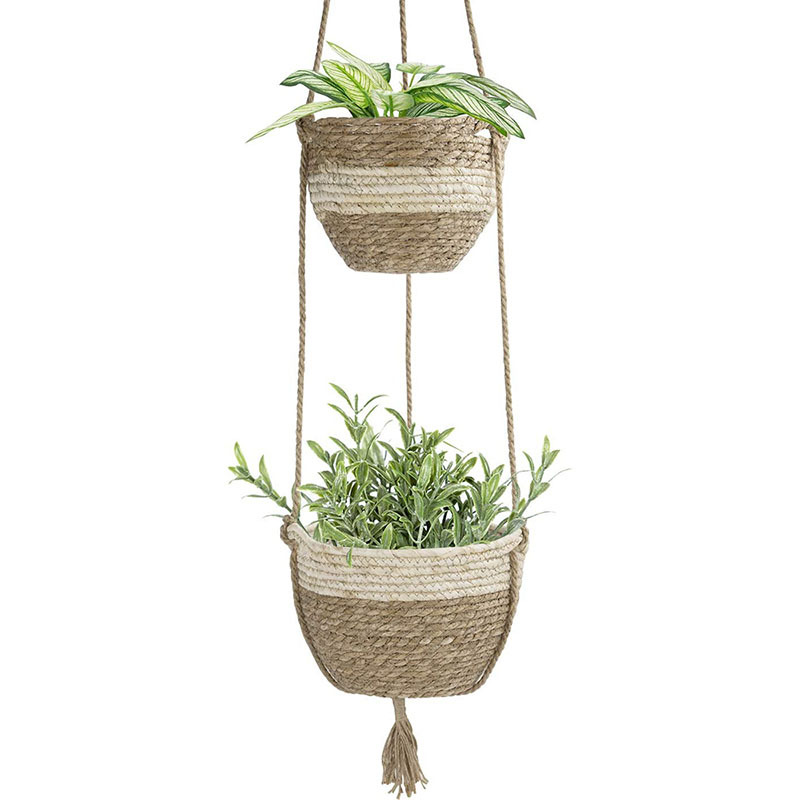Hanging pots are a stunning addition to any indoor or outdoor space, combining artistic elegance with botanical science. Discover the art and science behind these suspended plant displays and how they can transform your environment:
- Design Dynamics: Hanging pots introduce dynamic verticality to your space, turning empty air into a canvas for plant artistry. The arrangement of hanging pots adds depth, dimension, and a touch of whimsy.
- Plant Selection: The choice of plants for hanging pots requires careful consideration. Opt for trailing or cascading plants like ivy, ferns, and string-of-pearls that naturally thrive in downward growth patterns.
- Light and Location: Different plants have varying light requirements. Assess the amount of light your hanging location receives and select plants accordingly. This ensures optimal growth and prevents light-related stress.
- Watering Strategy: Hanging pots have unique watering needs due to increased exposure to air and potential drying. Adjust your watering frequency and technique to ensure consistent moisture without overwatering.
- Drainage and Soil: Adequate drainage is crucial to prevent waterlogging. Choose pots with drainage holes and use well-draining soil mixes to maintain healthy root systems.
- Wind and Temperature: Hanging pots are exposed to wind and temperature fluctuations. Shield sensitive plants from drafts and monitor temperature changes to avoid stress and shock.
- Aesthetic Arrangements: Explore different hanging pot arrangements to suit your space and style. Single statement pots, clustered compositions, or staggered levels—each arrangement creates a distinct visual impact.
- Support and Safety: Ensure your hanging pots are securely anchored to prevent accidents. Check the weight-bearing capacity of your chosen hooks or brackets and use sturdy materials.
By understanding the art of design and the scientific needs of plants, you can create captivating hanging pot displays that add both beauty and life to your surroundings.







